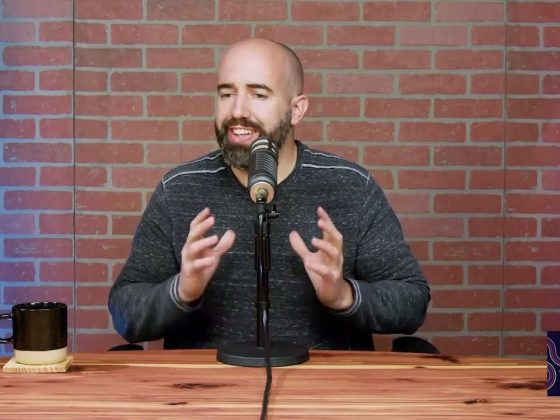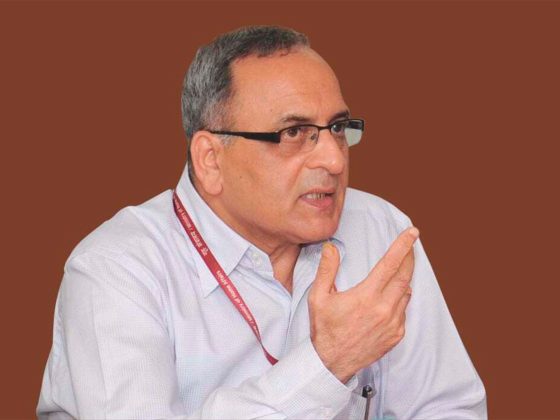Email marketing campaigns often fail before they even start, with messages landing in spam folders instead of reaching decision-makers. The problem usually isn’t the message itself, but the underlying infrastructure that supports email delivery. Chrisley Ceme, a fractional chief revenue officer who specializes in building high-performance outbound systems, has helped B2B and SaaS companies unlock seven-figure revenue streams through proper email deliverability practices.
Protecting Email Reputation with Domains
Here’s mistake number one: sending cold emails from your company’s main domain. Ceme sees this all the time, and it’s a recipe for disaster. “You definitely want to make sure you’re not sending these emails from your main domain,” he says. “Ideally you want to get some different domains and make sure they’re aged for a while, typically at least 90 days or so.” Think about it this way: if your cold emails tank your main domain’s reputation, every email from your company suffers. Your customer service emails, your invoices, everything. Better to set up separate domains and let them age properly. If you’re just getting started and don’t have huge volumes, 30 to 45 days might work. But 90 days is safer. The technical stuff sounds scary but it’s not that bad once you dig in. You’ll need to set up DMARC, DKIM, and SPF records for each domain. Yes, it takes some work upfront, but once it’s done, it’s done.
Segmenting Campaigns for Better Deliverability
Not every email should come from the same place. That’s the second big mistake Ceme sees. “You want to make sure you’re segmenting your funnel for different email purposes,” he explains. Your cold outreach emails shouldn’t come from the same domain as your nurture campaigns. Here’s why this matters: if your cold emails start hitting spam filters, they won’t drag down your follow-up campaigns. Each domain stays clean and you can track what’s working where. Ceme calls it “separation of church and state,” and it makes perfect sense. When one campaign goes south, the others keep running smoothly. You can monitor each domain’s health separately and fix problems before they spread.
Clean Your Data, Clean Your List
Even the best email lists need scrubbing. Those “verified emails only” checkboxes on ZoomInfo and Apollo? Don’t trust them completely. “I personally would not solely rely on that tab,” Ceme warns. “You’d want to potentially export that data and then use tools such as NeverBounce or BrightVerify to scrub those contacts to help further reduce those bounce rates.” This step matters more than you might think. Some emails will always land in spam no matter what you do. Sometimes it’s the recipient’s filters, sometimes it’s just bad luck. But when you clean your data first, you cut down on the avoidable problems. High bounce rates kill your sender reputation fast. Better to catch bad emails before they bounce than deal with the aftermath.
Test, Monitor, and Optimize Constantly
Email deliverability isn’t something you set up once and forget about. Ceme checks his campaigns at least weekly, sometimes more when he’s starting out. “You want to be looking at these things at least once a week or so,” he says. “I’d say probably in the beginning, maybe even a bit more frequently.” What should you watch for? Low reply rates, people telling you they’re getting your emails in spam, or just radio silence across the board. When that happens, it’s time to change your copy or adjust how often you’re sending. There’s another piece most people miss: warming emails. These aren’t fake emails, but they help balance your sending ratios. When Google or Microsoft looks at your account, they want to see emails getting opened, not just sent. “You can think of warming emails in the most basic terms as dummy emails that are technically being opened so that it’s helping control your sending ratios,” Ceme explains.
Once you’ve got the basics working, you might want to move beyond Gmail to something such as SendGrid. That’s where things get more complicated. “That’s when you can reach out to professionals or organizations such as senders.co, to name one, that can assist you with that type of setup,” Ceme notes. The advanced setup gives you more control but requires more technical know-how. Most companies are better off getting help at this stage rather than trying to figure it out themselves. Getting email deliverability right takes patience. But when you do it properly, your campaigns actually reach people instead of disappearing into spam folders.
Connect with Chrisley Ceme on LinkedIn to explore proven outbound strategies that drive revenue.









